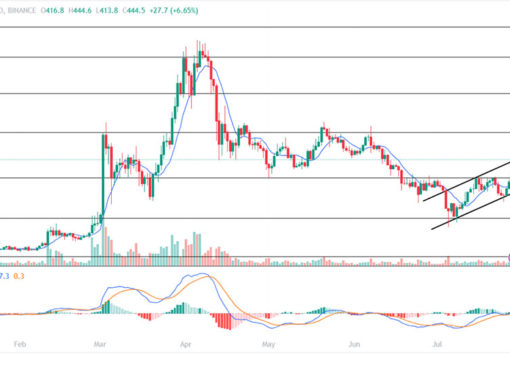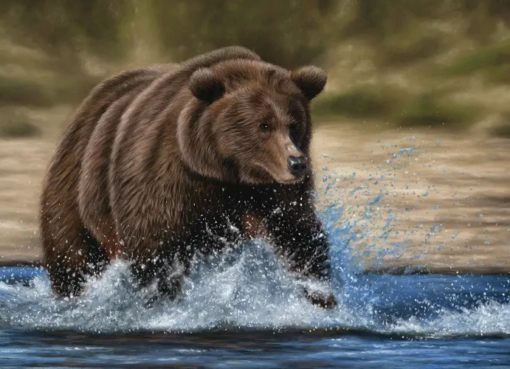The affordability of funding new houses is expected to strain the already heavily taxed small businesses and individuals.
At current 30-year mortgage rates of about 7.72 percent, it would cost a borrower about $1,429 every month to service a $200,000 housing plan, thus putting the total interest on the mortgage at about $314,325. The rising 30-year mortgage rate continues to put more strain on borrowers as the high inflation bites further into investors’ pockets. According to market aggregate data, the 30-year mortgage rate has risen from around 3 percent in 2020 to about 7.72 percent on Wednesday. Notably, the 30-year mortgage rate has been falling since the early 1980s until late 2020.
However, the 30-year mortgage rate could soon hit a double-digit figure, more so as the Federal Reserve grapples with high inflation. Additionally, the notable divide in the United States Congress on major economic issues has exposed governance gaps that could give the BRICS movement more traction. Moreover, the Republicans in Congress are not happy with the given spending and certain policies adopted by the Biden administration. Nonetheless, the Biden administration got saved in the eleventh hour on a possible government shutdown last week, which could have put more pressure on mortgage borrowers.
“It is now the first week of October, and data has been stronger,” wrote Matthew Graham, chief operating officer at Mortgage News Daily. “This morning’s JOLTS (job openings and labor turnover survey) is the biggest, baddest confirmation so far this week, and it’s pushing yields to fresh long-term highs. Pretty simple stuff, actually, even if unpleasant and unfortunate for fans of low rates.”
What Higher 30-Year Mortgage Rates Mean for Investors
The affordability of funding new houses is expected to strain the already heavily taxed small businesses and individuals. Mid-last month, the Federal Reserve put a halt on its recent rate hikes as it reduced its bond holdings, a process that has significantly reduced its balance sheet by about $815 million in the past twelve months. Notably, the Federal Reserve kept its benchmark interest rates at a range of between 5.25 percent and 5.5 percent.
The tight monetary policies are expected to help fight the high inflation and keep the United States dollar as the desired currency for global reserves. Moreover, different countries are joining hands in a movement called BRICS – led by Russia, China, India, Brazil, and South Africa – to slowly dethrone the US dollar from its long-standing status as the global reserve currency.
Meanwhile, mortgage holders are tasked with a tough time ahead as the rates could continue rising in the coming years. However, emerging funding mechanisms through blockchain technology could significantly help house buyers as they offer significantly lower interest rates.
Let’s talk crypto, Metaverse, NFTs, CeDeFi, and Stocks, and focus on multi-chain as the future of blockchain technology.
Let us all WIN!




